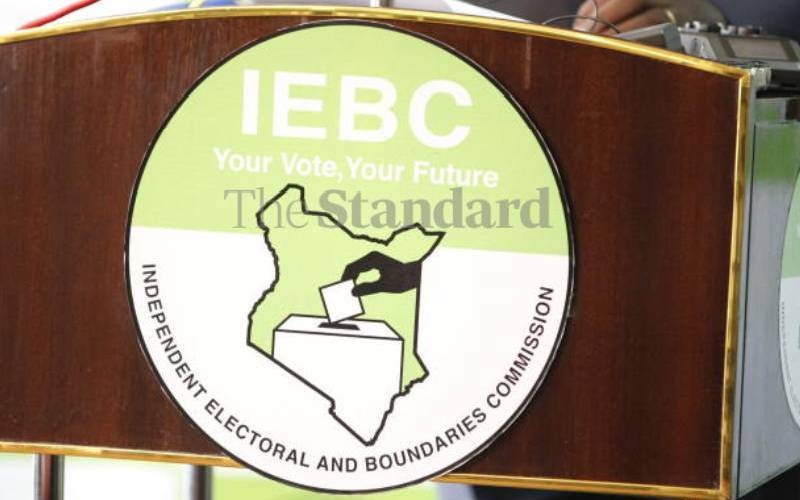
NAIROBI: Over the last few years there has been an eruption against corruption globally. This has been achieved through organising and strategically using nonviolent actions such as civil disobedience; petitions; vigils; marches; sit-ins; Right to information laws, demanding information; monitoring or auditing of government budgets, spending and services; social networking and blogging; coordinated low risk mass actions among others.
India, Philippines, Kazakhstan, Bangladesh and most recently Brazil are some of the countries in which anti-corruption movements have achieved enviable results. Aruna Roy, one of the founders of the Mazdoor Kisan Shakti Sangathan (MKSS) movement for the “Right to Know” in India, characterises corruption as “the external manifestation of the denial of a right, an entitlement, a wage, a medicine...”
In bottom-up approaches, corruption isn’t considered in a vacuum; it’s linked to other injustices, from violence to poverty, human rights abuses, substandard social services, authoritarianism, unaccountability, to environmental destruction. This is to further the belief that its ordinary people who bare the brunt of corruption, as they have direct experience of it and suffer from it.
The good news, however, is people have the power and can use it to curb corruption. Nonviolent social movements and campaigns have a rich history of ending oppression and injustice, including forms of corruption.
A 2009 study found that over the past 110 years, violent campaigns succeeded historically in only 26 per cent of all cases, compared to 53 per cent in the case of nonviolent, civilian-based campaigns.
Traditionally, the common trend has been, top-down, administrative, rules-based strategies based on the assumption that once anti-corruption structures are put in place, illicit practices will change. Institutions accused of corruption are often made responsible for enacting change.
But those benefiting from graft are much less likely to end it than those suffering from it. Thus, even when political will exists, it can be thwarted, because too many people have a stake in the crooked status quo.
It’s apparent that, when citizens fight corruption, the priorities often shift from technocratic reforms and grand corruption, to curbing those forms of graft and abuse that are most harmful or common to ordinary people. In people-centered approaches, curbing corruption becomes part of a larger set of goals for accountability, participatory democracy, social and economic justice. It’s, therefore, evident that citizens mobilised in grass-roots campaigns and movements are often effective in curbing corruption. It is believed that people power may be particularly suited to a systemic approach to curbing corruption because it exerts extra-institutional pressure to push for change,what’s more when power-holders are corrupt or unaccountable, and institutional channels are blocked or ineffective.
Moreover, civic campaigns and movements can complement and reinforce legal and administrative mechanisms, which constitute the anti-corruption infrastructure needed for long-term transformation of systems of graft and abuse, shake-up vertical and horizontal systems of corruption, exert pressure on the state as well as on other sectors of society and bolster efforts and support honest individuals within the state and other institutions and sectors attempting reforms and change. Mobilised citizens can engage in organised civil resistance that can generate social force - people power – that will eventually disrupt dishonest relationships and the status quo within systems of corruption by shaking up corrupt interactions and relationships, generating political will, pushing for people-centered measures, reinforcing new patterns of administration and governance centered on accountability to citizens.
Eventually, the social force generated will win people over to the civic campaign or movement, even from within corrupt systems and weaken sources of support and control for unaccountable and corrupt power holders, entities, as well as their enablers.
And this will contribute greatly in complementing the traditional forms of formal accountability institutions which sadly have perennially failed to deliver either for sheer incompetence or by design.
 The Standard Group Plc is a
multi-media organization with investments in media platforms spanning newspaper
print operations, television, radio broadcasting, digital and online services. The
Standard Group is recognized as a leading multi-media house in Kenya with a key
influence in matters of national and international interest.
The Standard Group Plc is a
multi-media organization with investments in media platforms spanning newspaper
print operations, television, radio broadcasting, digital and online services. The
Standard Group is recognized as a leading multi-media house in Kenya with a key
influence in matters of national and international interest.
 The Standard Group Plc is a
multi-media organization with investments in media platforms spanning newspaper
print operations, television, radio broadcasting, digital and online services. The
Standard Group is recognized as a leading multi-media house in Kenya with a key
influence in matters of national and international interest.
The Standard Group Plc is a
multi-media organization with investments in media platforms spanning newspaper
print operations, television, radio broadcasting, digital and online services. The
Standard Group is recognized as a leading multi-media house in Kenya with a key
influence in matters of national and international interest.






